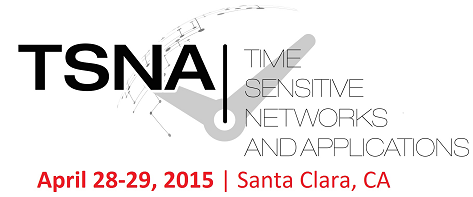 It’s true! Well, if you believe all the social media pages, blogs, online publications, print publications, and pretty much anything that discusses A/V then you’d have to accept the fact that 4K is officially part of our lives. I’m still a bit of a hold out on the subject, not because I don’t believe this is the next evolution of displays, but because I don’t see the point in upgrading to a solution just to upgrade.
It’s true! Well, if you believe all the social media pages, blogs, online publications, print publications, and pretty much anything that discusses A/V then you’d have to accept the fact that 4K is officially part of our lives. I’m still a bit of a hold out on the subject, not because I don’t believe this is the next evolution of displays, but because I don’t see the point in upgrading to a solution just to upgrade.
The great ongoing debate about 4K is the fact that there is so little content. I’ve heard the arguments that “my PC can do it” or “Youtube and Netflix have it” and that’s all technically true – but the limited amount of content that is available out there just doesn’t have me as excited about 4K as other people.
4K has amazing potential for certain fields like medical imaging or digital signage because the kinds of details that can be viewed allow for medical professionals to see your insides with a clarity that wasn’t possible before, or for people to be drawn into a marketing message deeper than before. But in order for 4K to find the kind of adoption that gives it staying power in the mass market, eventually there will need to be media for the masses. This means movies, TV shows, and all the other consumables are going to need to start being filmed, recorded, and broadcast in 4K.
While we’ve all see the articles that talk about Japan currently testing the ability to broadcast an 8K signal over the airwaves, we in the US are extremely far behind that point and our current infrastructure is not capable of handling that nationwide without a pretty severe overhaul.
The current standard for hi-resolution viewing pleasure seems to be the blu-ray format. We already know that a blu-ray disc does not have the storage capacity to handle a full 4:4:4 color 4K video. So when you take the fact that current hard media formats aren’t capable of storing a 4K video the next logical option is to turn to the streaming media option. However, with the limitations in our existing network infrastructure, while streaming media is dominating how we view and receive our content it isn’t yet consistent enough for widespread reception of 4K in our homes. This leaves an opening as to where should we look next for our 4K content?
I’m probably not the first to suggest that it’s time for a return to the recent past as I see the re-emergence of the home media server as our best option. Looking at my reasons above for hard media and streaming not being current options, let’s also add in the way the ISPs are throttling data to our homes from certain sites and even more so when we reach our paid threshold limits, I just can’t see streaming of a 4K movie being a viable option.
With the return of the media server and the current sizes of inexpensive digital storage the only issue that comes up is the amount of data that you’re going to consume while downloading these movies. By using a local storage device you are able to avoid the issues involved in network bandwidth, you will be able to ensure that the local signal between player and display will not have bandwidth issues as you can avoid sending true 4K signals through a single HDMI or Display Port connection, and you have nearly unlimited storage capacity with the available options in drive space.
I will freely admit that this is a potential prediction for where I see the possible options of consumer media going when it comes to 4K based on the current circumstances that we face in terms of ISP relationships, media storage limitations, and cable bandwidth issues of HDMI and Display Port cables. I already see one major flaw in my prediction: almost no consumer media is available in 4K. So who knows what’s going to be built or changed between now and when filming in 4K becomes the standard, but until we reach that point I maintain that a personal media server is going to be our best option.





Pingback: The Real Enemy of 4k: Infrastructure - rAVe [Publications]